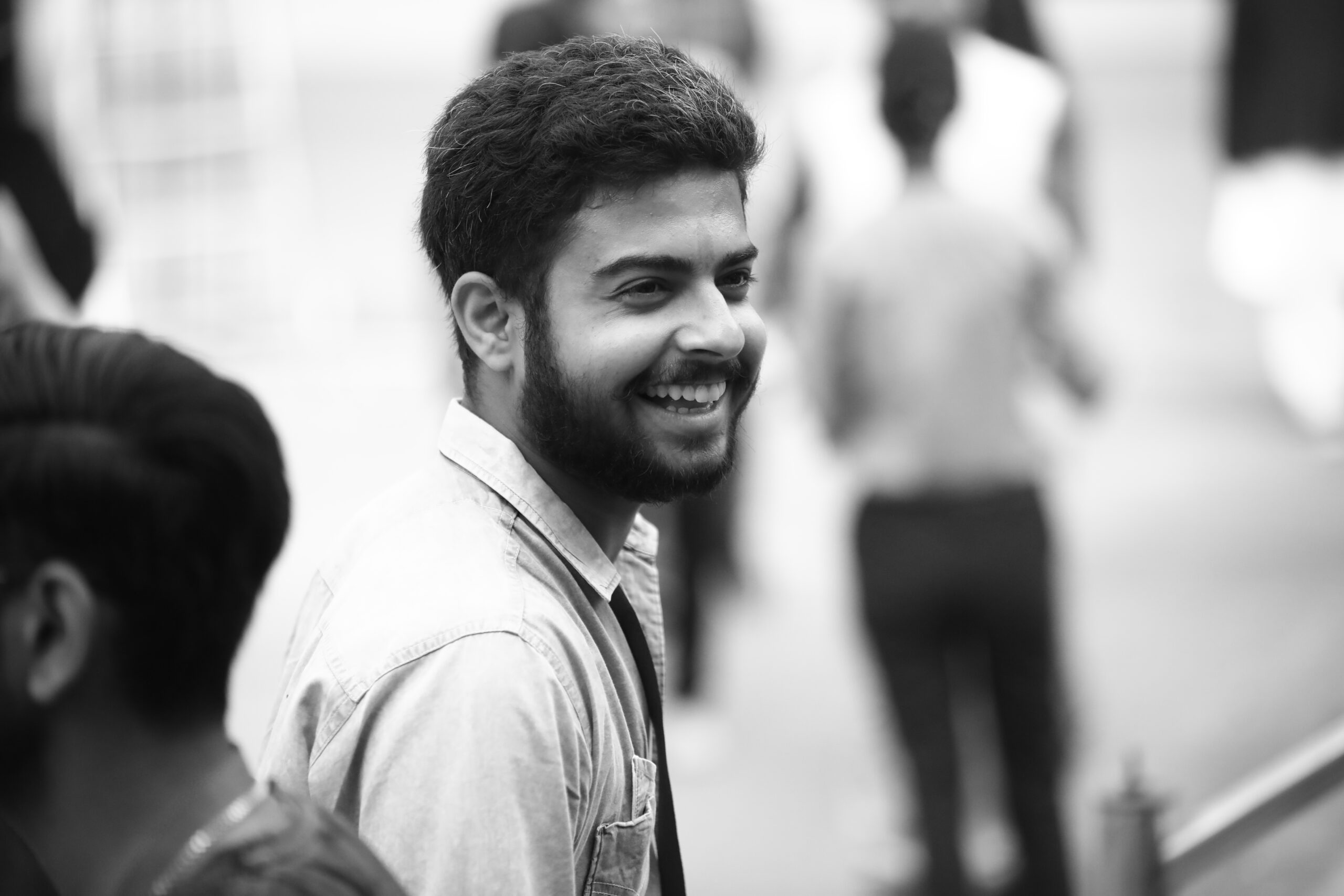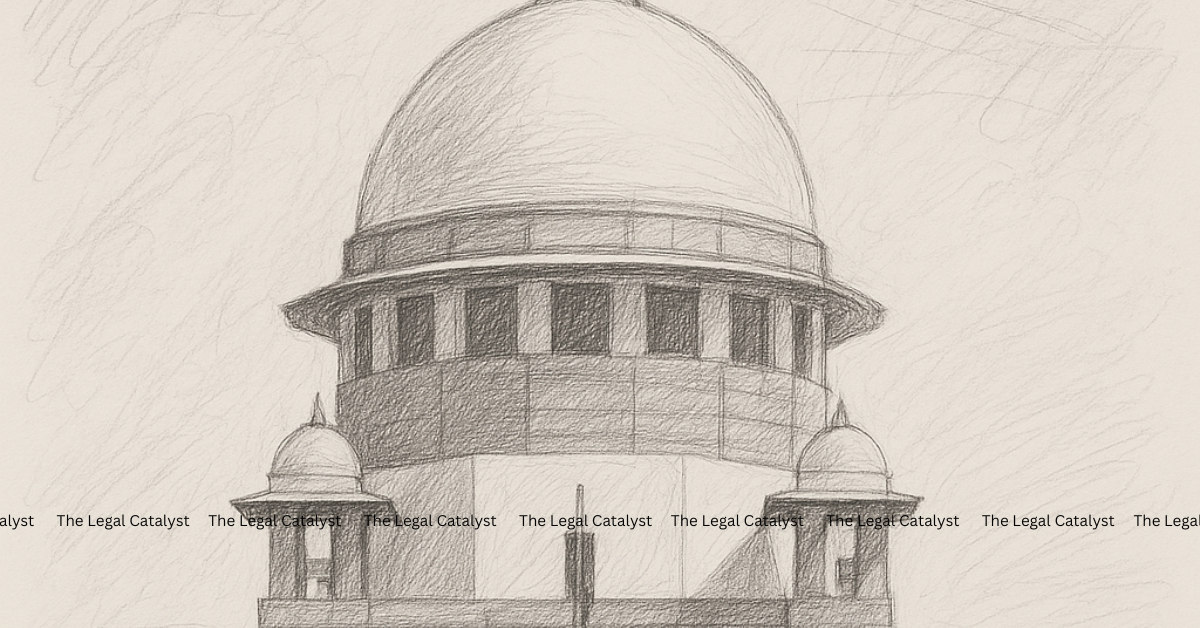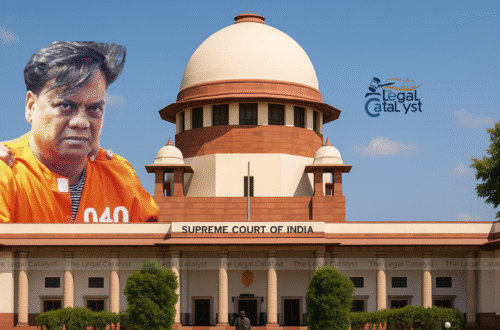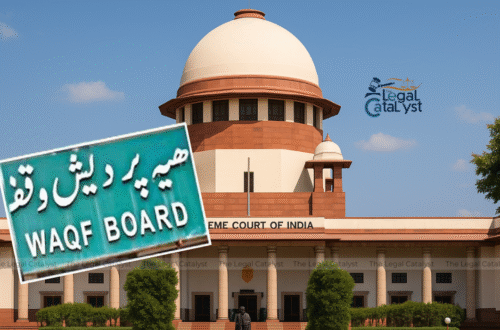New Delhi:
The Supreme Court of India has made a significant clarification. It explains if a murder charge is applicable when a victim dies after a fatal injury. This can occur days, weeks, or even months later. The judgment settles a recurring legal question. It states that the time lag between injury and death is no defense against a charge of murder. This is true if the causal link remains intact.
The Case at a Glance
The ruling came in Maniklal Sahu v. State of Chhattisgarh, where the accused trespassed into a house, assaulted the victim, and pushed him from a terrace. The victim sustained severe spinal injuries that left him paralyzed. After nine months of medical struggles and complications like septicemia and pneumonia, he died.
- The trial court convicted the accused under Section 302 IPC (murder).
- The Chhattisgarh High Court reduced it to Section 307 IPC (attempted murder), reasoning that the long delay and alleged medical issues weakened the murder charge.
- On appeal, the Supreme Court bench of Justices J.B. Pardiwala and R. Mahadevan held that the High Court’s reasoning was flawed. However, since the State had not challenged the alteration of conviction, the Court refrained from restoring the murder charge.
Also Read- Indian Laws “Light Years Behind” Technology: Justice Manmohan
The Legal Principles Laid Down
The apex court has provided clear guidelines for future cases:
- Chain of Causation Controls – What matters is whether the death was the “natural, probable, or necessary consequence” of the injury. If yes, the offence is murder.
- Time is Irrelevant – The survival period of the victim, whether a few days or several months, does not diminish the gravity of the crime if the injury directly leads to death.
- Medical Treatment is Secondary – Inadequate or delayed medical care does not absolve the accused if the original injury was inherently fatal.
- No Escape via Intervening Complications – Complications like infections or organ failure are part of the natural chain if they stem from the original injury, unless they are entirely unforeseeable and break the causal link.
- Intention and Knowledge Matter – Courts must assess whether the accused intended or knew that the injury inflicted was likely to cause death.
Why This Matters
This clarification ensures that offenders cannot escape murder liability simply because victims survive for some time after the assault. It strengthens victims’ rights and provides trial courts with a consistent framework in complex cases involving delayed deaths.
The judgment also addresses a critical grey area in criminal law. It involves balancing medical complications and time gaps against the original violent act. The Court has reaffirmed that the essence of murder lies in the fatal nature of the injury. They emphasized the intent behind it, not the stopwatch of survival.
Also Read- The Hierarchy of Courts in India: From Trial Courts to Supreme Court
Looking Ahead
The decision is expected to guide trial and appellate courts across India in evaluating delayed death cases. It may also influence prosecutorial strategies, pushing for stronger reliance on medical evidence to establish causation.
With this ruling, the Supreme Court has once again emphasized that justice cannot be timed. It flows from intent, injury, and consequence.
Connect with us on Instagram – X – LinkedIn for daily updates, quizzes, and other materials.







